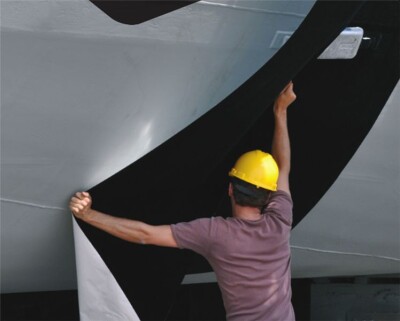Back when fuel cost a lot less than it does today and fish were more plentiful, the subject of “efficiencies” was not something that concerned a large number of fishermen. But now with rising fuel prices, aging fleets and fish tougher to find, a lot more fishermen are asking how to make their boat more energy efficient.
Here are a few ideas taken from a paper presented by Terry Johnson with the Alaska Sea Grant Marine Advisory Program at last November’s Pacific Marine Expo in Seattle.
• Slowing down brings the quickest results — hear this, Maine lobstermen who love beating the other guy out to the grounds and back in a 36-footer that might have an 800- to 1,200-hp diesel. Every knot increase in speed requires about a 50 percent increase in full. Above hull speed the rate of fuel consumption goes up even more.
• Having a clean bottom and good antifouling paint saves up to 3 percent.
• Lengthening the boat to increase the waterline length by 25 percent improves hull efficiency up to 20 percent.
• Replacing paravane stabilizers with antiroll tanks or gyro stabilization might save 10 percent in fuel usage.
• Switching the engine out for a new one of the same horsepower saves 5 to 20 percent, depending on your operating profile. If the engine is consistently running below its maximum rated output, get a smaller engine.
• Put a fuel-flow meter on the main engine and save up to 10 percent.
• Getting rid of heat buildup in the engine room definitely reduces fuel consumption. Adequate ventilation brings in cool air; cool air contains more oxygen and, therefore, better combustion in the engine. A 30-degree reduction in intake-air temperature results in 2 to 3 percent reduction in fuel consumption.
• Check the engine exhaust. It should be invisible. If it’s black you’ve got bad injectors or inadequate air supply. White exhaust indicates an overheated engine, leaky head gasket, burnt valves or incorrect timing. Blue exhaust means you’re burning oil from worn piston rings, valve guides or there’s a leaky turbo seal. Whatever the color, it’s time to call the engine guy.
• Lastly, if you really want to make a fuel-saving statement and get on the local TV program, flying a 300-square-foot sail can save one gallon of fuel per hour in a 26-knot wind. At least that’s what I was told. Now, with some sail needles, a sewing palm and used sailcloth from the local yacht club, this would be a good winter project. You bet.






